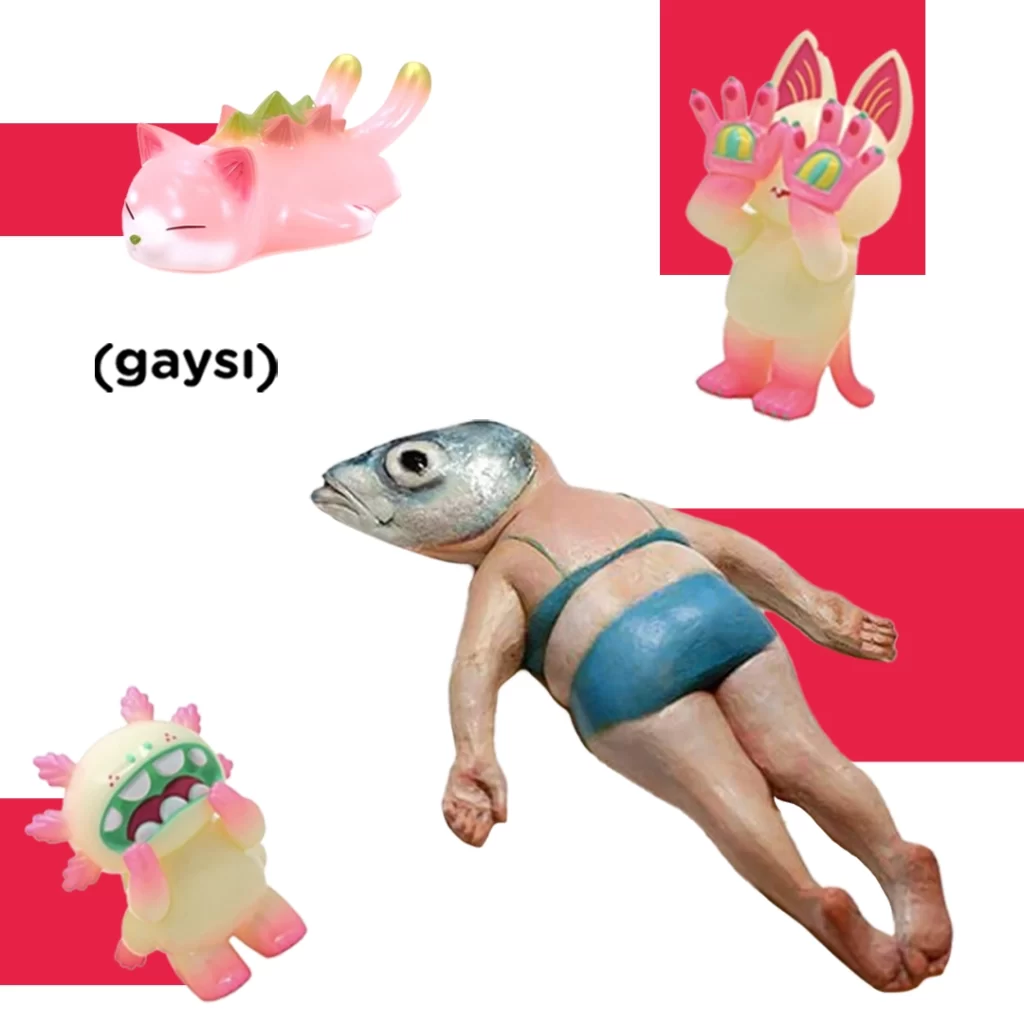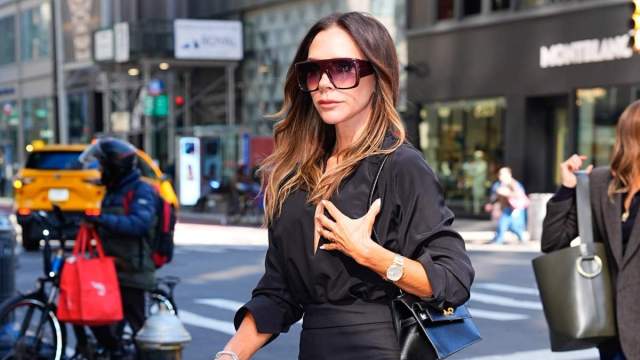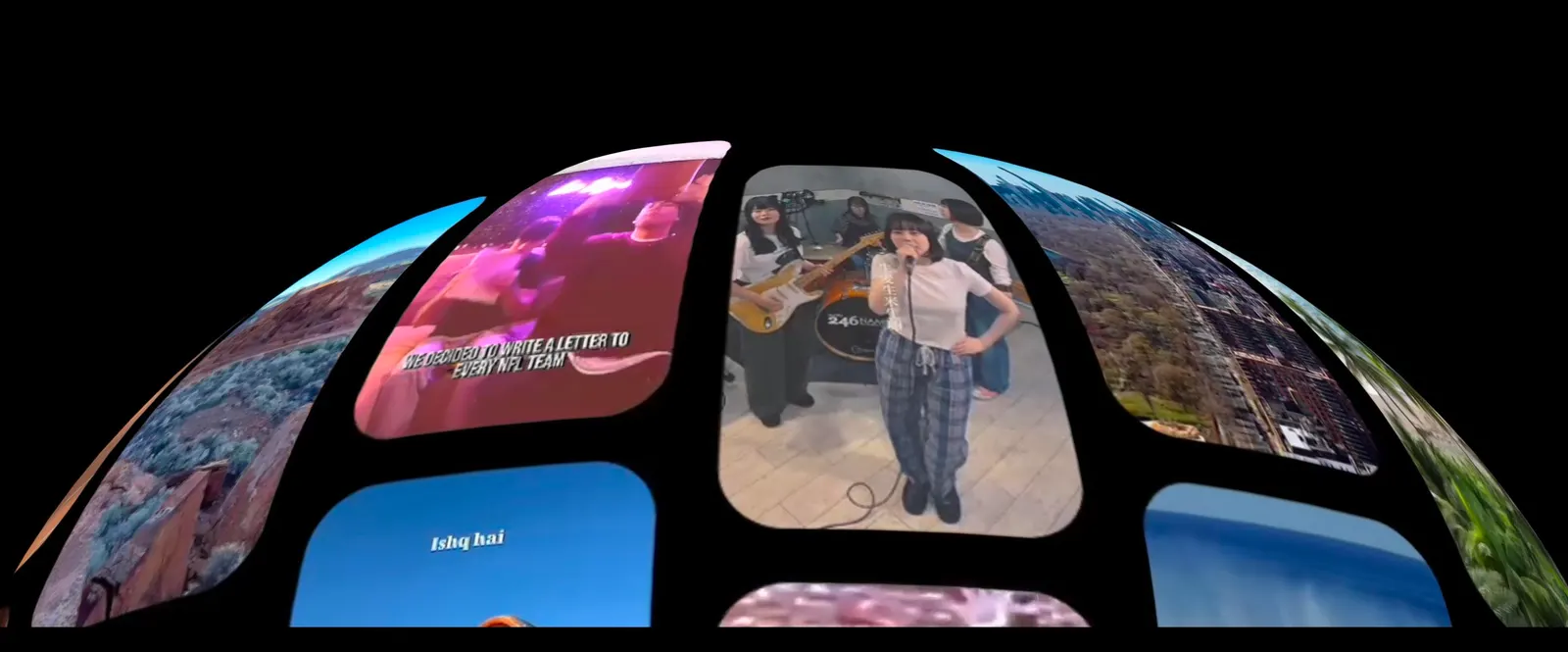The day I discovered mid-size fashion, my world shifted a little. I’ve always been someone who pulls fashion inspiration from anywhere I can, but finally seeing body diversity on social media felt like a game-changer. Even though I never let the uncertainty of how certain styles would look on me stop me from exploring, finding these spaces was oddly affirming.
Of course, the internet being the internet, the comment sections under mid-size fashion posts were a mess—sheer invalidation, loud complaints, and people dramatically lamenting the horrors of yet another body label.
I get it. I really do. Some of us lived through the Tumblr ED era, watched Vidya Balan get fat-shamed when The Dirty Picture came out, or cringed at the backlash Rani Mukherjee faced after her belly-dance routine in Aiyyaa. Looking back, it’s no surprise I internalized so much fatphobia, dealt with constant body shaming, and received an endless stream of unsolicited workout plans, diet tips, and “friendly” advice.
I’ve tried to pinpoint the first time I was fat-shamed or when I first realized I had a body that needed to change. Unfortunately, I think it was sometime around first grade.
I’ve been fat-shamed since the time I was learning the Hindi alphabet.
(Can you imagine trying to grasp क ख ग घ while also being told to lose weight? I already had too much on my plate—why burden me with body consciousness at that age?)
Read more: Childhood Is The Kingdom Where Nobody Dies
Is this fatphobia or gender dysphoria?
Just kidding—that’s just how they sell you stuff. It’s taken me almost two decades to undo the trauma of Hindi lessons (they were tough) and fatphobia!
After rigorous strength training, shedding tears in my therapist’s cabin post-graduation, and a whole lot of unlearning, I realized something: the only way I could truly like my body was to stop thinking about it so much. And guess what? Body neutrality worked.
With this cathartic shift, I also started working on my relationship with the word “fat.” For years, I was called it, teased for it, unable to accept or let go of it. So I decided to embrace it like an old friend at a school reunion and say, “Yeah, I’m fat—so what?”
This changed everything. I no longer wanted to neglect my body just because it looked like something I was told not to like.
And in turn, it transformed my relationship with fashion and food. I love both these F-words, and I could finally enjoy them as hobbies instead of coping mechanisms.
That shift in perspective? It didn’t just change how I saw my body—it also helped with my gender dysphoria.
Read more: Exploring Intergenerational Body Ideals In The Indian Gay Community
5 problems, 1 solution: let’s talk neutral
When it comes to my gender dysphoria, I’ve never felt the need to lean into femme or masc as extremes. I love a good balance of both!
If I had to describe my peak gender, it would probably be Seonghwa from ATEEZ—his gender is silly, fun, and cute.

Honestly, my first attraction to K-pop was because of how boy bands played with androgyny. I loved that my Indian brain couldn’t immediately tell if an idol was male or female (which, let’s be real, was often pointed out in racist undertones by non-SEA folks). But for me? It was liberating. It showed me that you could look like nothing and everything at once.
And funny enough, that’s exactly what body neutrality taught me too—that bodies are just matter. And matter? Takes up space.
So my body, my queerness, my facial hair from PCOS—they all deserve to take up space… even if it makes some people uncomfortable.
Read more: A ‘Bikini Body’ Is A Body In A Bikini.
My pleasant non-binary life
When it comes to my gender identity, being non-binary felt like affirmation. It gave me the choice to be neither.
Similarly, with my body, I don’t fit neatly into categories—I’m neither conventionally thin nor considered obese. I recognize the privilege I still have, even within a fat-shaming society.
So, when Refinery29’s size 20 writers like Sienna Barton say that the existence of the mid-size label feels like an attempt to distance oneself from plus size—and thus, is fatphobic—maybe we need to pause.
Maybe, for some, mid-size is the label that helps them unpack their internalized fatphobia. A term that doesn’t force you to pick a side. A term that embraces the spectrum of body sizes and acknowledges that no two bodies are the same.
I identify as mid-size, not because I’m “fatphobic”, but because it’s a label that helps me find representation in a social media landscape that profits off making me feel bad about myself.
Yes, finding clothes in my size is tough. But I can still fit into some brands’ biggest sizes—I can still walk into a store and find baggy clothes that fit my vibe. And while I appreciate brands that now go up to XXL, I also know that those tags come with unwanted stares.
And the moment I engage in anything remotely related to diet culture, I know what’s coming—
👀 I’ll be labeled “fatphobic” for wanting to change my body.
👏🏽 I’ll be called “brave” for working out in clothes that show my body rolls.
But once again, I am neither.
Read more: My Body Is Not An Error
Doing my best to stay alive
There are many ways to deal with internalized fatphobia, and for me, body neutrality has been the most freeing. It taught me that my body needs care—it deserves respect even more than it needs love.
Body positivity, on the other hand, often pushes an “all-or-nothing” mindset that can feel exhausting. Maybe I don’t want to perceive my body all the time. And honestly—why should I have to love my body?
So no, I don’t work out to lose weight.
I don’t work out to look jacked.
I work out because it helps me get my periods on time.
Do I always have high esteem for my body? Not really. Do I sometimes wish it looked a certain way? Sure. But will I spend my entire day obsessing over it? Absolutely not.
Travelling by local train after a long day at work exhausts me enough—I don’t have the energy for anything else.
But it makes me wonder: why is our self-worth so tied to our bodies? Shouldn’t we be working toward detaching the two?
Maybe then, we’d understand that some people don’t like living in certain bodies—not because of vanity—but because those bodies force them into gender roles they never signed up for.


